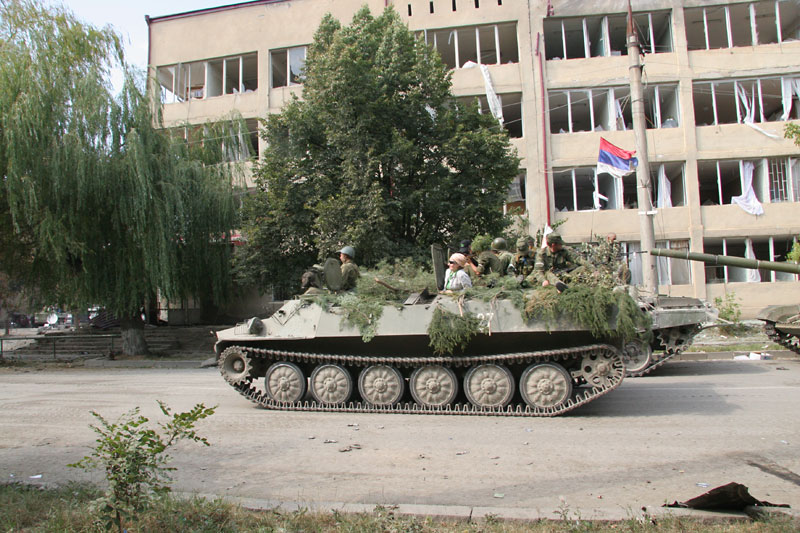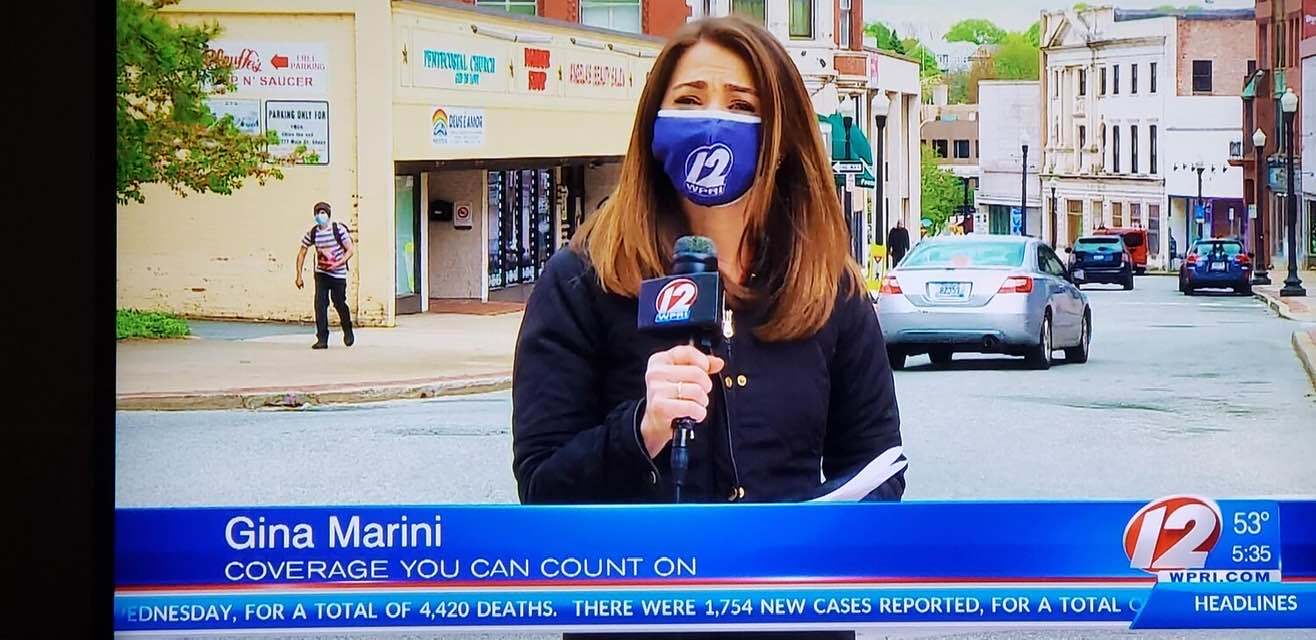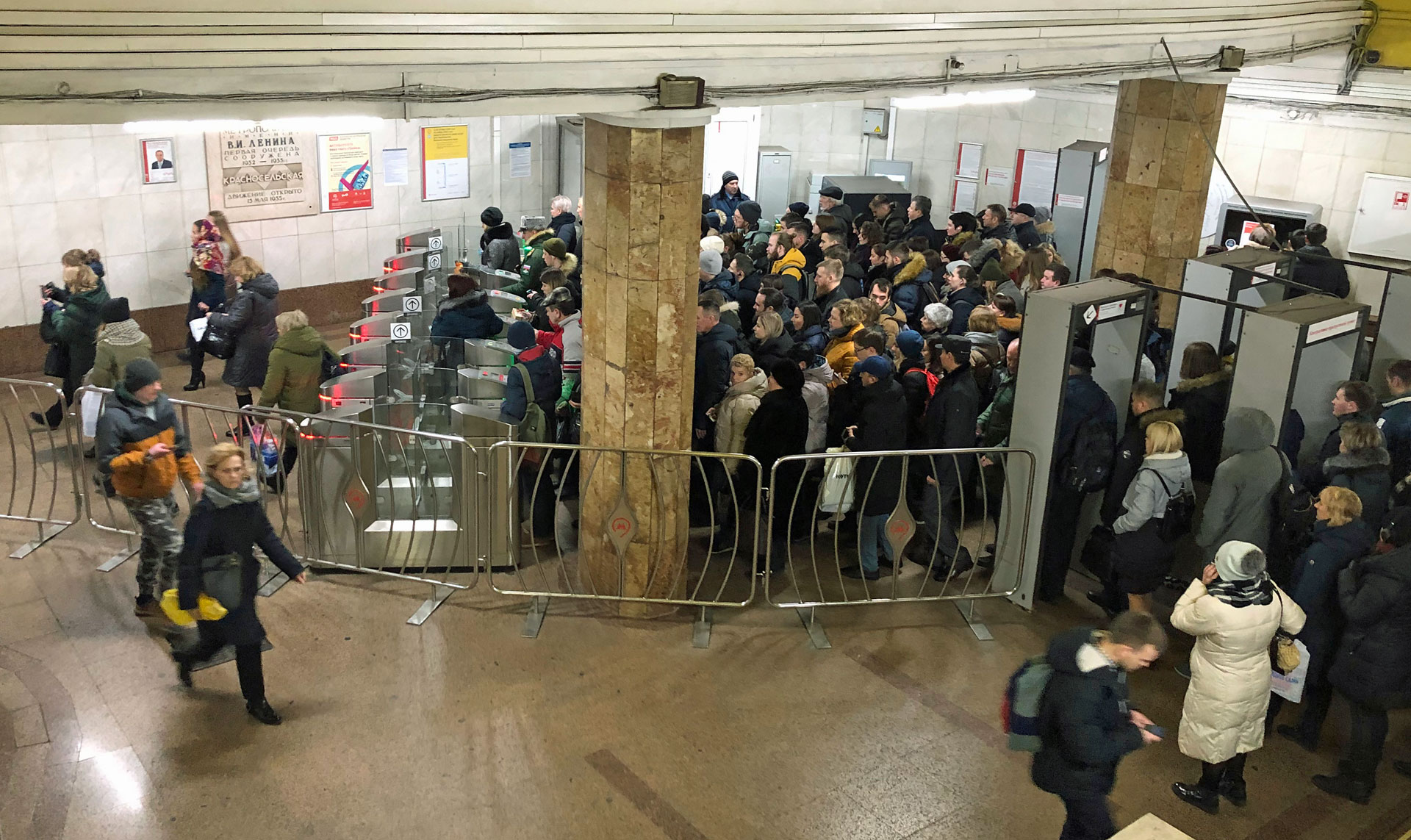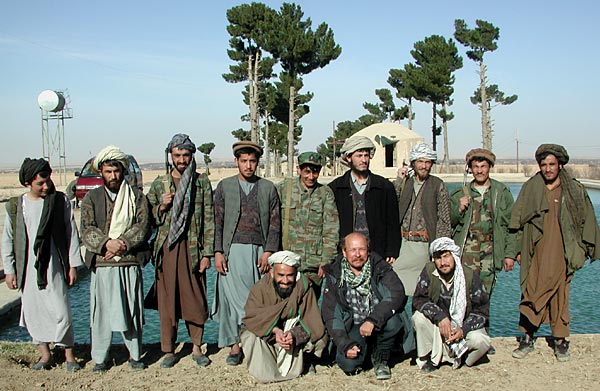It was not easy to cover the conflict in South Ossetia in 2008, which involved Georgia, Russia and the breakaway Georgian province which has since proclaimed outright independence recognized by Russia.
Firstly, it was yet another conflagration between the two ethnic groups that seemed to be closely related to each other.
Well, it wasn’t the first conflict between them either, with the latest being in 1991-1992, as a result of which South Ossetia became de facto independent from Georgia.
Probably, they were not closely related at all.
According to Wikipedia, “The Georgian–Ossetian conflict (1918–20) comprised a series of uprisings, which took place in the Ossetian-inhabited areas of what is now South Ossetia, a breakaway republic in Georgia, against the Transcaucasian Democratic Federative Republic and then the Menshevik-dominated Democratic Republic of Georgia which claimed several thousand lives and left painful memories among the Georgian and Ossetian communities of the region.”
To tell the truth, I haven’t heard ethnic Georgians talking bad about the South Ossetian people, but most Ossetians that I met hated the Georgian nation. This is strictly anecdotal evidence, of course.
Back to the coverage. The second problem was moving back and forth between North Ossetia (part of Russia) and South Ossetia, where the action took place.
The Russian Foreign Ministry with the help of various special services provided free daily transportation to some places they wanted journalists to see.
But we wanted to see what we had to see, and so had to rely on local drivers who charged exorbitantly for the trips to the war zone but were not reliable at all.
What we saw was a lot of death, from both sides of the conflict. The first picture shows the dead bodies of Russian soldiers, waiting in the yard of a local family to be picked up by the army, and the other one shows dead Georgian commandos who were killed during their raid on the outskirts of South Ossetia’s main city of Tskhinval.


Once, our driver fled (with a car) from a location where Georgian troops and South Ossetian militiamen were exchanging fire. That was right in the middle of the village of Achabet outside of Tskhinval.

We got into the cross-fire, which is always the best spot to cover a shootout – if you survive. But we never hired that driver again.

There was a lot of destruction, too. Georgian troops bombed and shelled South Ossetian settlements, while the South Ossetian militia and local residents burnt the houses of ethnic Georgians who lived in the province.


On the positive side, the war was brief. And we were lucky to survive.





